This course follows generally the description of the traditional geometry course but also includes more proof (direct and indirect; in two-column, flow, and paragraph form). This course is designed for the student who successfully completed Algebra 1Acc as a freshman, but any student may apply. Within the context of Geometry, the Accelerated course includes more challenging algebraic applications, such as solving quadratic equations. It also includes an introduction to analytic geometry and trigonometry, helping to prepare students for Precalculus. A Texas Instruments TI-83 or TI-84 series graphing calculator is required.
Biology
Biology (Life Science) is the scientific study of life and living organisms. This course aims to develop students into scientifically literate citizens who have mastered the critical thinking skills that will allow them to make informed decisions in a world increasingly impacted by scientific discovery. This course also aims to develop in students an appreciation for the natural world and our role in its stewardship. Units of study in this course include evolutionary biology, genetics, heredity, cell structure and function, human reproduction, and ecology.
Physics
Physics (Physical Science) is the scientific study of the most fundamental laws of nature. This course aims to further develop students’ appreciation for and competence in the scientific method. This course also aims to develop students’ conceptual and quantitative understanding of physical principles. Students perform experiments to develop proficiency in laboratory technique in applying physical principles to the analysis of experimental data. Units of study in this course include motion, Newton’s Laws, collisions, energy, thermodynamics, waves, sound, light, fundamental particles of nature, radioactivity, quantum mechanics, and electricity and magnetism.
Chemistry
Chemistry (Physical Science) is the scientific study of matter. This course aims to develop students as practicing laboratory scientists who can ask and answer questions of their own about what the world is made of and how and why chemical reactions occur. This course also aims to develop students’ conceptual and quantitative understanding of chemical principles. Units of study in this course include the nature of the atom, naming of chemicals and compounds, bonding, the periodic table, reactions and equilibrium, stoichiometry, behavior of gases, acids, bases, and safe laboratory practices.

